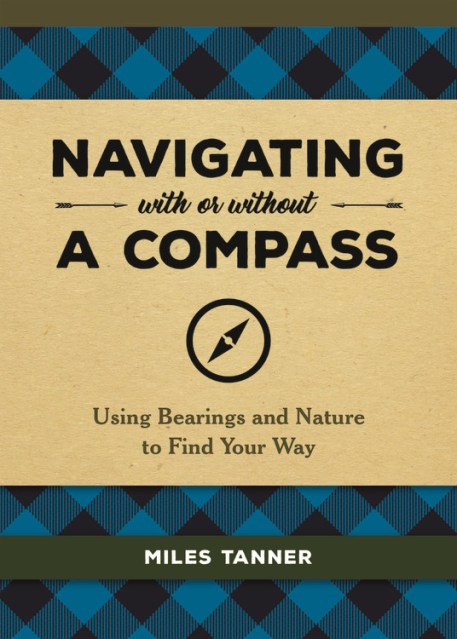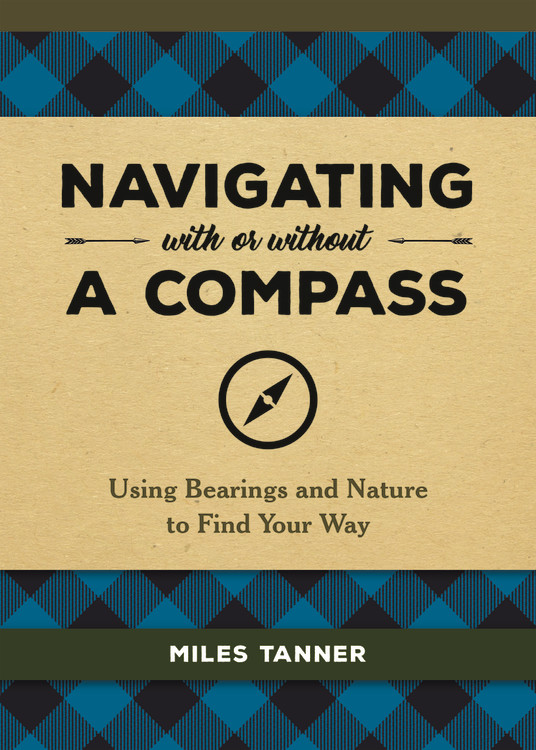Promotion
Use code MOM24 for 20% off site wide + free shipping over $45
Navigating With or Without a Compass
Using Bearings and Nature to Find Your Way
Contributors
By Miles Tanner
Formats and Prices
Price
$16.99Price
$22.49 CADFormat
Format:
- Hardcover $16.99 $22.49 CAD
- ebook $11.99 $15.99 CAD
This item is a preorder. Your payment method will be charged immediately, and the product is expected to ship on or around May 7, 2019. This date is subject to change due to shipping delays beyond our control.
Also available from:
Never be lost again! This concise and handy guide will help you get your bearings and find your way out of the wilderness no matter your equipment.
Finding your campsite, a spectacular view, or your way home can be difficult, especially when your phone or GPS malfunctions. But knowing how to use a magnetized compass, paper map, and the positions of the sun, moon, stars, and other practical aids in pathfinding will help outdoorsman find their way in almost any kind of terrain.
Navigating With or Without a Compass will teach you the basics of using that essential tool, such as the difference between true north and magnetic north based on where you are and using compass bearings from a map and in the field to determine location.
However if you find yourself without a compass, this handy guide will also give you natural signs and guideposts for pathfinding, such as the way the wind blows, trees grow, or flowers bloom. Also covered will be determining direction through reading the Sun and the shadows it forms, the position and stages of the Moon, and familiarizing oneself with the principal constellations to guide you and determine the time at night.
Perfect for the skilled woodsman or just a walk in the woods, Navigating With or Without a Compass is filled with tips and essential knowledge indispensible for hikers, campers, scouts and nature lovers.
Genre:
- On Sale
- May 7, 2019
- Page Count
- 128 pages
- Publisher
- Black Dog & Leventhal
- ISBN-13
- 9780762493968
Newsletter Signup
By clicking ‘Sign Up,’ I acknowledge that I have read and agree to Hachette Book Group’s Privacy Policy and Terms of Use







